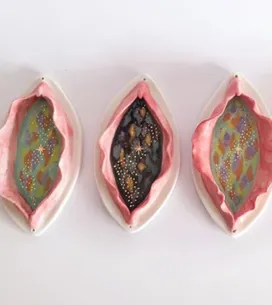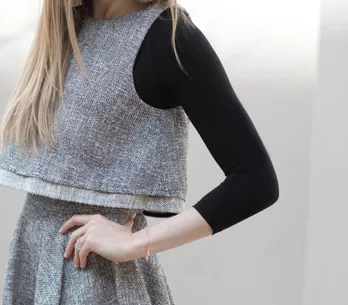THIS ARTICLE IS BEING REVAMPED - WATCH THIS SPACE
Ironing isn't just the worst household chore in the book: it's also a fantastic way of ruining your clothes if you don't do it properly. How do you use steam? Can you iron any type of fabric? Here are our tips and techniques to get through your ironing basket quicker.
Tips and hints
- Iron tablecloths and lay them straight away so you don't get fold marks down the middle.
- To avoid iron marks, use a well-covered ironing board. Iron clothes inside out if you can. Use steam or a very fine damp cloth over delicate fabrics like linen.
- Use a good iron. Good irons don't come expensive. The best expert irons have built-in steamers and water reservoirs, with a steam burst facility (releases steam when you press a button). Opt for an iron with steam and a steam burst facility with a variety of temperature settings and power of up to 2200 watts. Your iron should be light, easy to handle and have a well-protected soleplate to reduce the risk of accidents.
- Quilted covers and sheets should be steam-ironed only so that they retain their shape.
Always store your iron out of the reach of children to avoid burns and accidents in the home.
Ironing different types of fabric
Before you iron your clothes, always check the laundry labels thoroughly (if you're not sure what they all mean, see our guide to reading laundry symbols on clothes labels).
Acetate and viscose: Iron very damp, inside out, on a low temperature.
Satin: To preserve its shine, run a sponge dipped in water and vinegar over the underside of the garment when you iron it.
Silk: Silk should be ironed damp, not too hot and inside out, without ruining the seams. Use lots of steam all over - just a blast here and there can produce marks. Eliminate all folds by ironing lightly over crumples.
Velvet: Iron inside out so as not to ruin the fabric.
Acrylic: Iron inside out on a low temperature. Do not steam iron or use a damp cloth or you could stretch the fabric.
Nylon and polyester: Iron inside out when almost dry, on a low temperature to avoid making the fabric shiny.
Cotton: Iron when still lightly damp on a hot temperature.
Lace: Dampen with sugared water and then iron. This will keep your lace fresh.
Wool: Iron on a low temperature and always iron under a damp cloth or towel. Direct contact with an iron can leave shiny marks on wool!
Wool knit: Iron inside out when dry or almost dry, using a lukewarm or steam iron.
Linen: Linen should be ironed damp using a hot iron. A little starch will help.
Corduroy: Corduroy should not be ironed! Dampen and brush in the direction of the cording, then dry on a hanger.
Ironing difficult clothes
Shirts
Iron while still a little damp. Start with the collar, then move on to the sleeves, shoulders and the rest. Get rid of creases by wetting them with a finger dipped in water, then iron. Don't fold straight away: put on a hanger until the fabric has cooled down.
Ties
Don't iron ties! Run a burst of steam from your iron over the tie and without steaming, dampen it lightly on the underside with a little water. Fill a bottle with very hot water, roll the tie around it and leave for a few moments. It will be just as smooth as if you'd ironed it.
Pleated skirts
Before ironing, hold each pleat flat on the ironing board and secure with clothes pegs at the bottom of the skirt. Once they hold in place, iron as normal.
Cloths, towels and blankets
Flat towels and cloths should be ironed lengthways. Iron in the direction of the fabric and fold.
Embroidered linen
Iron on the reverse, taking care to place a very thick cardigan underneath the fabric so that you don't crush the embroidery.
Trousers
Iron trousers under an old cloth or manila paper (also called kraft paper) to get a perfect fold and stop them from going shiny. The glue from the paper will also act like starch on contact with the iron. You can also run a slightly damp bar of soap along the underside of the fold to make ironing easier.
Black clothes
Rub black clothes with a damp cloth before ironing them to avoid that shiny effect that makes them look old and worn.













